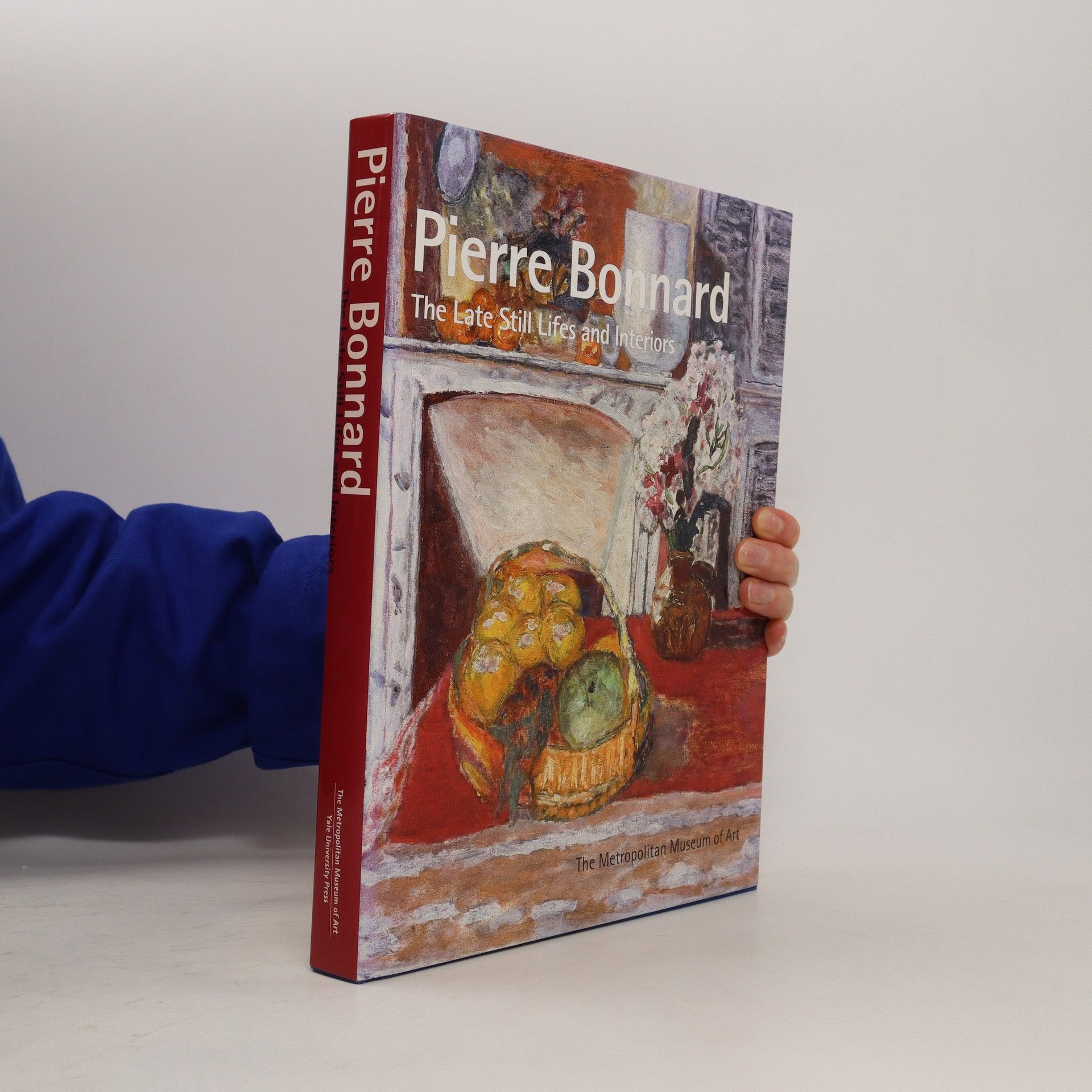Working in his villa in the south of France, Pierre Bonnard (1867–1947) suffused his late canvases with radiant Mediterranean light and dazzling color. Although his subjects were close at hand—usually everyday domestic scenes—Bonnard rarely painted from life. Instead, he made pencil sketches in diaries and relied on these, along with his memory, as he executed the works in his studio. These interiors thus often conflate details from the artist’s daily life with fleeting, mysterious evocations of his past. The spectral figures who appear at the margins of the canvases, overshadowed by brilliantly colored baskets of fruit or other props, create an atmosphere of profound ambiguity and puzzling abstraction: the mundane rendered in a wholly new pictorial language. The 75 paintings, drawings, and watercolors in this volume, some rarely seen treasures from private collections, all made between 1923 and 1947, are central to the ongoing reappraisal of Bonnard as a leading figure of French modernism.
Dita Amory Bücher


In this beautifully illustrated book, the forty year friendship between Henri Matisse and Pierre Bonnard becomes a platform for new perspectives on the development of the European avant-garde. "Long live painting!" With this rallying cry, Henri Matisse, greeted his colleague Pierre Bonnard on a 1925 postcard from Amsterdam. Widely considered two of the greatest painters of French modernism, they were united by a forty-year-long friendship and a keen appreciation of each other’s work. This catalogue offers fascinating insights into their artistic dialogue. Focusing throughout on their creative exchanges, it highlights their respective contributions to the development of modern art, from the beginning of the twentieth century to the end of the Second World War. Comprising over 100 paintings, sculptures, drawings, and prints, the book makes palpable the many intersections between their artistic visions, and investigates their shared interest in subjects such as interiors, still life, landscape, and the nude. Scholarly essays and thematic introductions to their oeuvres provide a wealth of information on the two colleagues and friends gained from their writings and correspondence as well as archival material. Another highlight is a series of iconic photographs taken by Henri Cartier-Bresson, who visited both Matisse and Bonnard at their much-fabled houses in the South of France.